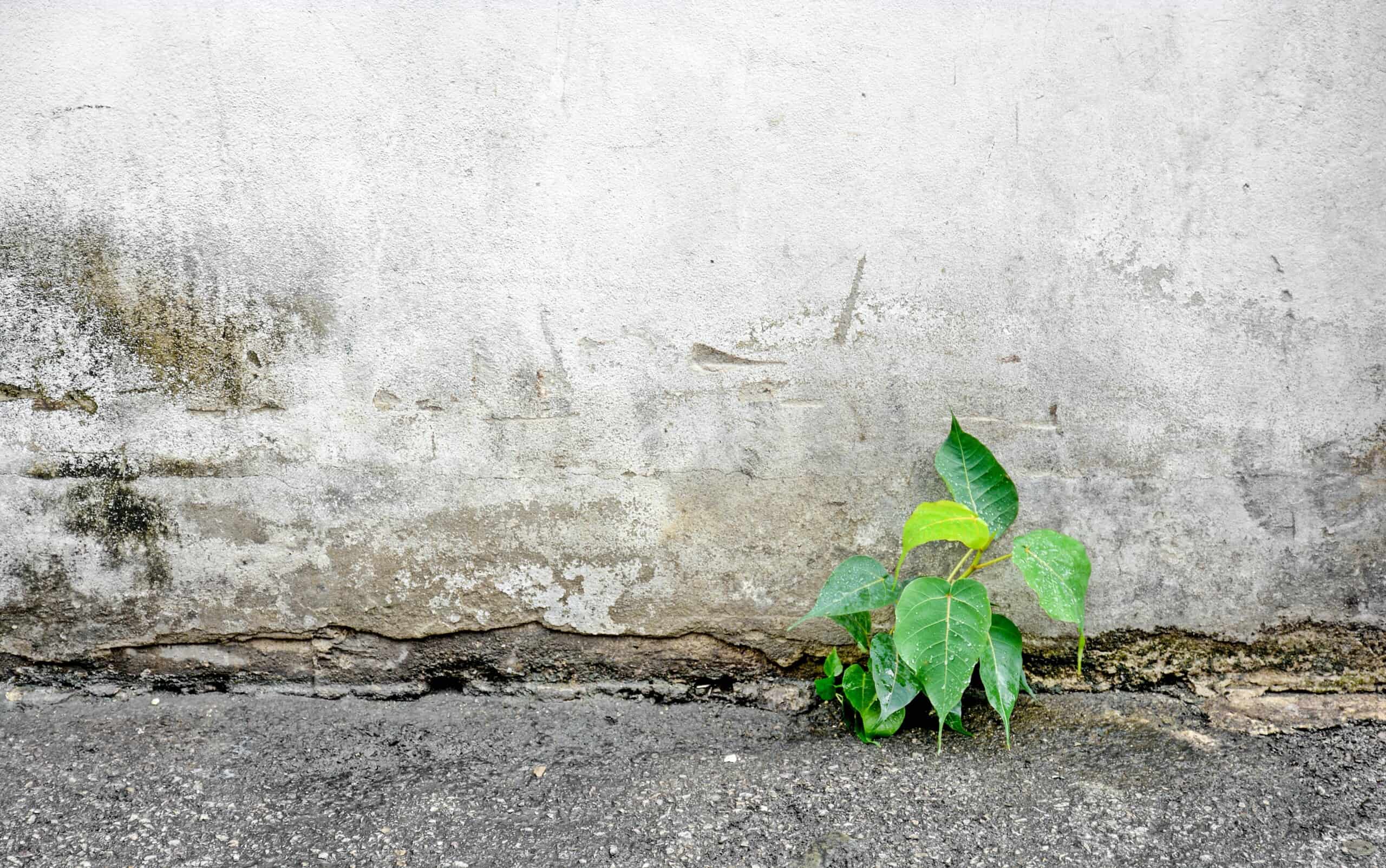
Humanity has used concrete to build, protect and fortify communities for centuries. Made from a mixture of cement, water, sand, and gravel, its durability and cost-effectiveness have made it one of the most popular mediums for everything from the world's largest construction projects to homemade decorative vases. As time has passed and new building techniques and technologies have been invented, the recipe for concrete has been tweaked and modified to fit the needs of different projects. This has allowed concrete to become one of the most versatile and commonly used building materials available.
Why is concrete important today?
Nowadays, people use concrete to build nearly everything. Our roads are paved with concrete to help provide safe, bumpless travel, and coastal cities are fortified with it to protect from tsunamis and hurricanes. Even permanent benches and tables for public spaces are built using concrete. The significance of this ever-present medium can be seen in the most fundamental elements of our communities. The ability to pour a uniquely modified stone mixture to create giant, all-withstanding structures was revolutionary for the construction industry. Life-changing architecture and engineering, such as hydroelectric dams built with watertight concrete, have helped ensure the energy powering our cities is safe from collapse and available for years to come. In fact, concrete has proven to be so reliable that it is now the second most consumed substance on the planet, second only to water. So, what seems to be the problem?
The downsides of traditional concrete
Unfortunately, the characteristics that make concrete so popular, its strength, durability, and easy application, are also what make it a primary culprit when it comes to environmental damage. Without the ability to absorb water or allow plants and fungi to grow and thrive as usual, concrete eliminates essential organisms needed to absorb CO2, regulate temperatures and absorb excess rainwater. Consequently, communities with high amounts of concrete have been associated with higher temperatures, loss of biodiversity, reduced air quality, and higher flooding possibilities.
To make matters worse, concrete is highly water intensive. The concrete industry uses an estimated one billion cubic meters of water each year worldwide, without including curing and wash water. Only .5% of the water on Earth is fresh, available water. We need water for nearly everything and cannot afford to let a single drop go to waste. Opting for concrete without looking toward less water-intensive alternatives like Mycelium or Hempcrete could have dire consequences in the future.
Finally, cement, the main ingredient in concrete, is produced by combining limestone, clay, shale, and other minerals. The combination is then heated to extreme temperatures to form a rock-like substance called clinker that is then ground into a powder called cement. The problem with this process is that by bringing the combination of limestone and minerals to such high temperatures, significant amounts of co2 are released into the atmosphere. This process is consequently extremely damaging to the environment and has made concrete responsible for 8% of global carbon emissions each year.
The Pantheon and the Colosseum, each made from an ancient form of volcanic material called Pozzolanic cement, are testaments to the longevity and durability of concrete. However, as incredible as these structures are, discovering new ways of building is essential if we want to reach net zero by 2050. We need innovative ideas to achieve lasting change. Companies like Solida Concrete, for example, are working to make a difference from within the industry by pioneering revolutionary processing techniques that reduce the energy intensity and co2 emissions of cement and concrete by modifying their production processes.
Smart Energy Education strives to create a more sustainable world through energy and water education. If you are looking to learn more about how to make a positive difference in the environment, are interested in energy careers, or would like to participate in some fun energy activities, visit us at Smart Energy Education and Watt Watchers!
We'd love to help answer any questions and help you get started! Drop us a line and we'll get back to you as soon as we can.
Watt Watchers of Texas
204 E. Dean Keeton Street, Austin, Texas 78712
contact@watt-watchers.com
Nos encantaría contestarle cualquier pregunta que tenga y ayudarle empezar! Envíenos un mensaje y nos pondremos en contacto con usted lo antes posible.
Watt Watchers de Texas
204 E. Dean Keeton Street, Austin, Texas 78712
contact@watt-watchers.com